Every week I’ll provide updates on the latest trends in cloud software companies. Follow along to stay up to date!
Budgets are Bifurcating
Last week I showed some data that highlighted the struggles of software companies. Companies are missing guidance at a historically bad rate, and there wasn’t a clear / obvious answer why. Did macro really get worse? Are AI native software companies starting to eat everyone’s lunch? Did a Q4 budget flush pull forward Q1 deals and create Q1 softness? I think the answer is actually something different - budgets are bifurcating.
Every company from the smallest startup to largest enterprise is looking to transform their business with AI. If they don’t, they risk becoming irrelevant. It’s an existential urgency. And these transformations are not cheap! It used to be trendy to say AI budget was all additive and didn’t cannibalize other budgets (I may have even said this at one point…) but the reality is budgets are inherently zero sum. Giving budget to build out AI capabilities has to come from somewhere. And companies are not thinking of AI as a “separate” budget, but more intertwined into all aspects of their company building. So for the incremental dollar of spend, the question every company asks themselves is “does this push forward our AI agenda / capabilities or not?” If the former, great! You are immediately able to tap into a large and GROWING portion of the budget. If not, you’re stuck in a stagnant and SHRINKING budget. To summarize - as a vendor you must prove that you help bring the company you’re selling to into the future paradigm, the AI paradigm. You need to be future proof, otherwise your internal champion risks loosing their job in 2 years!
The challenge most public software companies are facing is that when buyers ask “does this vendor help bring us into the future / help with AI” the answer has commonly become “we’re not sure.” And this creates a lot of friction in procurement. A common theme in earnings calls recently has been “sales cycles elongating and increased scrutiny around new purchases.” This makes sense! A lot of software companies are pulling incremental budget from the non-strategic / shrinking portion of the overall budget when buying a lot of these software solutions because they’re not obviously in the “AI bucket.” Or even worse, they’re in the “disrupted by AI” bucket. When it comes to large enterprises, they procure software in 3-5 year cycles. They want to buy something, set it and forget it, and revisit in 3-5 years. The challenge with AI today is the innovation cycles are so rapid. These large enterprises get very worried that a product or solution they buy today (or commit additional spend to in a renewal), might become “outdated or legacy” in 2 years. And this is something that breaks down their procurement cycles. They need to be SURE that any product they’re allocating incremental spend to will not be made irrelevant by the paradigm shift of AI.
To provide a quick example - I spoke with an individual leading data and ML at a large company with significant total hyperscaler spend (>$75m annually). For data science / AI spend, they are seeing >40% QoQ growth! For spend on the more “legacy” products from their primary hyperscaler provider growth is flat / slightly shrinking QoQ. And if anyone wants to increase spend on the latter category, they need to jump through a lot of approval hoops, and sometimes close an open job rec to make up for the increased spend they’re requesting. Something they said was “we don’t need another dashboard, we need another model.”
In summary - budgets are bifurcating into “pushes our AI agenda / footprint” and “doesn’t push our AI agenda / footprint.” In the latter - it’s really hard to get incremental spend because the former is taking SO much of the total budget. I believe the weakness in Q1 earnings is largely a result of buyers not knowing which bucket certain vendors fall in. It’s not to say they’re definitively putting them in one or the other, but an answer of “ don’t know” is the same as “it doesn’t get AI budget.” The dust is settling.
Quarterly Reports Summary
Top 10 EV / NTM Revenue Multiples
Top 10 Weekly Share Price Movement
Update on Multiples
SaaS businesses are generally valued on a multiple of their revenue - in most cases the projected revenue for the next 12 months. Revenue multiples are a shorthand valuation framework. Given most software companies are not profitable, or not generating meaningful FCF, it’s the only metric to compare the entire industry against. Even a DCF is riddled with long term assumptions. The promise of SaaS is that growth in the early years leads to profits in the mature years. Multiples shown below are calculated by taking the Enterprise Value (market cap + debt - cash) / NTM revenue.
Overall Stats:
Overall Median: 5.2x
Top 5 Median: 15.7x
10Y: 4.3%
Bucketed by Growth. In the buckets below I consider high growth >27% projected NTM growth (I had to update this, as there’s only 1 company projected to grow >30% after this quarter’s earnings), mid growth 15%-27% and low growth <15%
High Growth Median: 9.7x
Mid Growth Median: 7.8x
Low Growth Median: 3.6x
EV / NTM Rev / NTM Growth
The below chart shows the EV / NTM revenue multiple divided by NTM consensus growth expectations. So a company trading at 20x NTM revenue that is projected to grow 100% would be trading at 0.2x. The goal of this graph is to show how relatively cheap / expensive each stock is relative to their growth expectations
EV / NTM FCF
The line chart shows the median of all companies with a FCF multiple >0x and <100x. I created this subset to show companies where FCF is a relevant valuation metric.
Companies with negative NTM FCF are not listed on the chart
Scatter Plot of EV / NTM Rev Multiple vs NTM Rev Growth
How correlated is growth to valuation multiple?
Operating Metrics
Median NTM growth rate: 12%
Median LTM growth rate: 17%
Median Gross Margin: 76%
Median Operating Margin (10%)
Median FCF Margin: 14%
Median Net Retention: 110%
Median CAC Payback: 58 months
Median S&M % Revenue: 40%
Median R&D % Revenue: 25%
Median G&A % Revenue: 15%
Comps Output
Rule of 40 shows rev growth + FCF margin (both LTM and NTM for growth + margins). FCF calculated as Cash Flow from Operations - Capital Expenditures
GM Adjusted Payback is calculated as: (Previous Q S&M) / (Net New ARR in Q x Gross Margin) x 12 . It shows the number of months it takes for a SaaS business to payback their fully burdened CAC on a gross profit basis. Most public companies don’t report net new ARR, so I’m taking an implied ARR metric (quarterly subscription revenue x 4). Net new ARR is simply the ARR of the current quarter, minus the ARR of the previous quarter. Companies that do not disclose subscription rev have been left out of the analysis and are listed as NA.
Sources used in this post include Bloomberg, Pitchbook and company filings
The information presented in this newsletter is the opinion of the author and does not necessarily reflect the view of any other person or entity, including Altimeter Capital Management, LP ("Altimeter"). The information provided is believed to be from reliable sources but no liability is accepted for any inaccuracies. This is for information purposes and should not be construed as an investment recommendation. Past performance is no guarantee of future performance. Altimeter is an investment adviser registered with the U.S. Securities and Exchange Commission. Registration does not imply a certain level of skill or training.
This post and the information presented are intended for informational purposes only. The views expressed herein are the author’s alone and do not constitute an offer to sell, or a recommendation to purchase, or a solicitation of an offer to buy, any security, nor a recommendation for any investment product or service. While certain information contained herein has been obtained from sources believed to be reliable, neither the author nor any of his employers or their affiliates have independently verified this information, and its accuracy and completeness cannot be guaranteed. Accordingly, no representation or warranty, express or implied, is made as to, and no reliance should be placed on, the fairness, accuracy, timeliness or completeness of this information. The author and all employers and their affiliated persons assume no liability for this information and no obligation to update the information or analysis contained herein in the future.

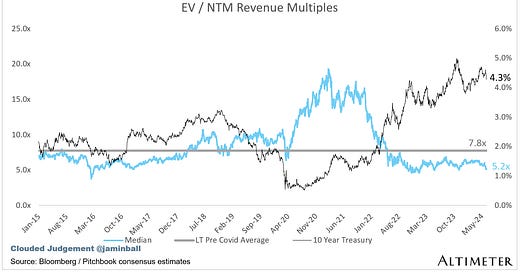



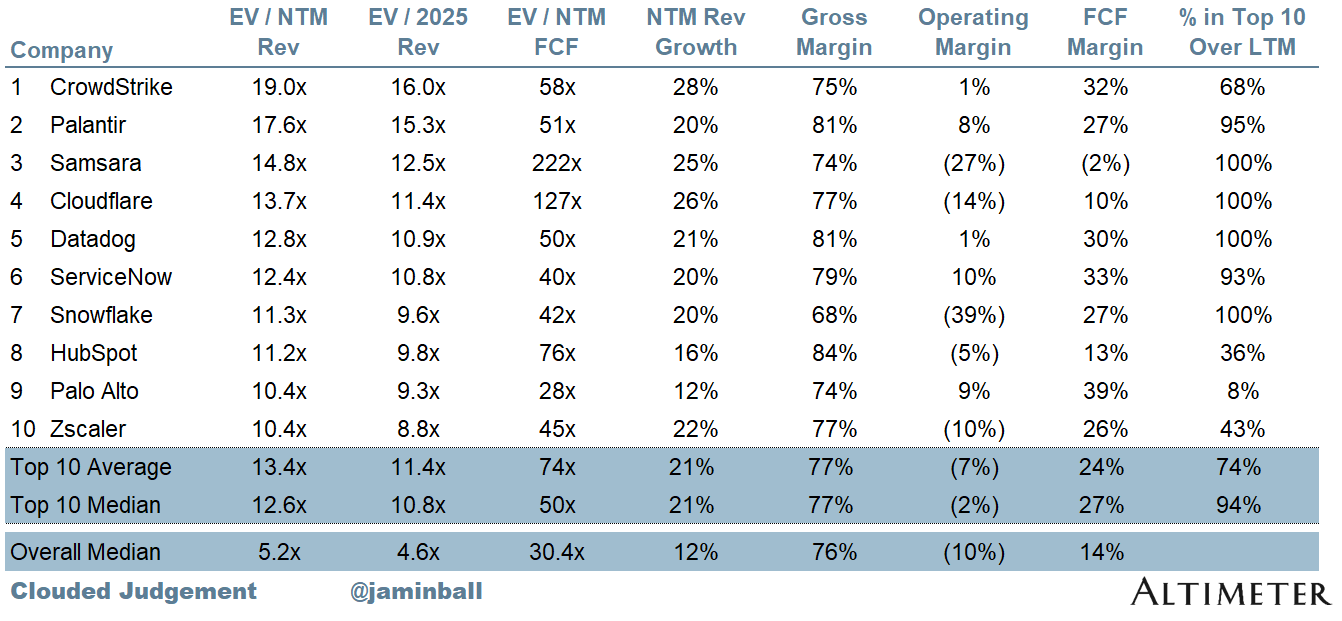
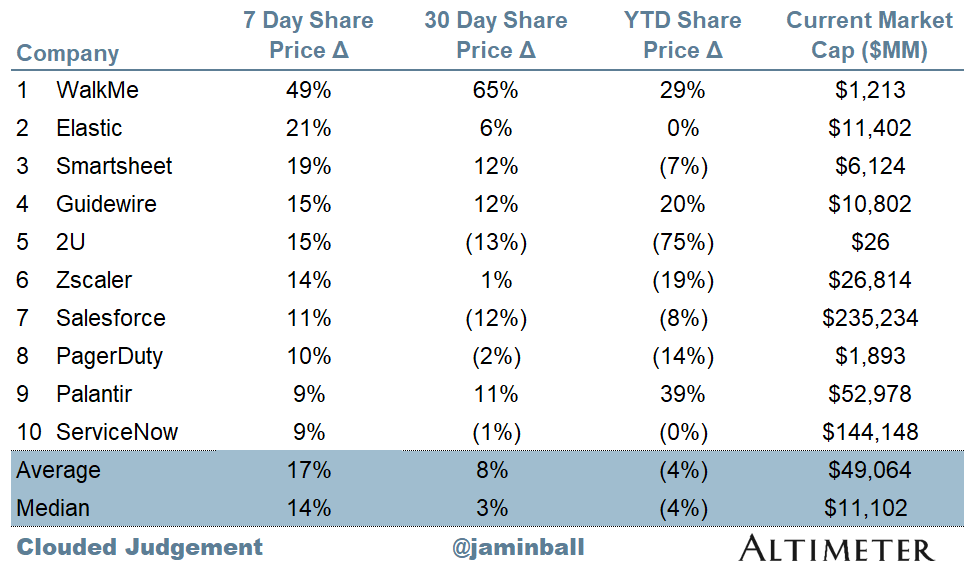


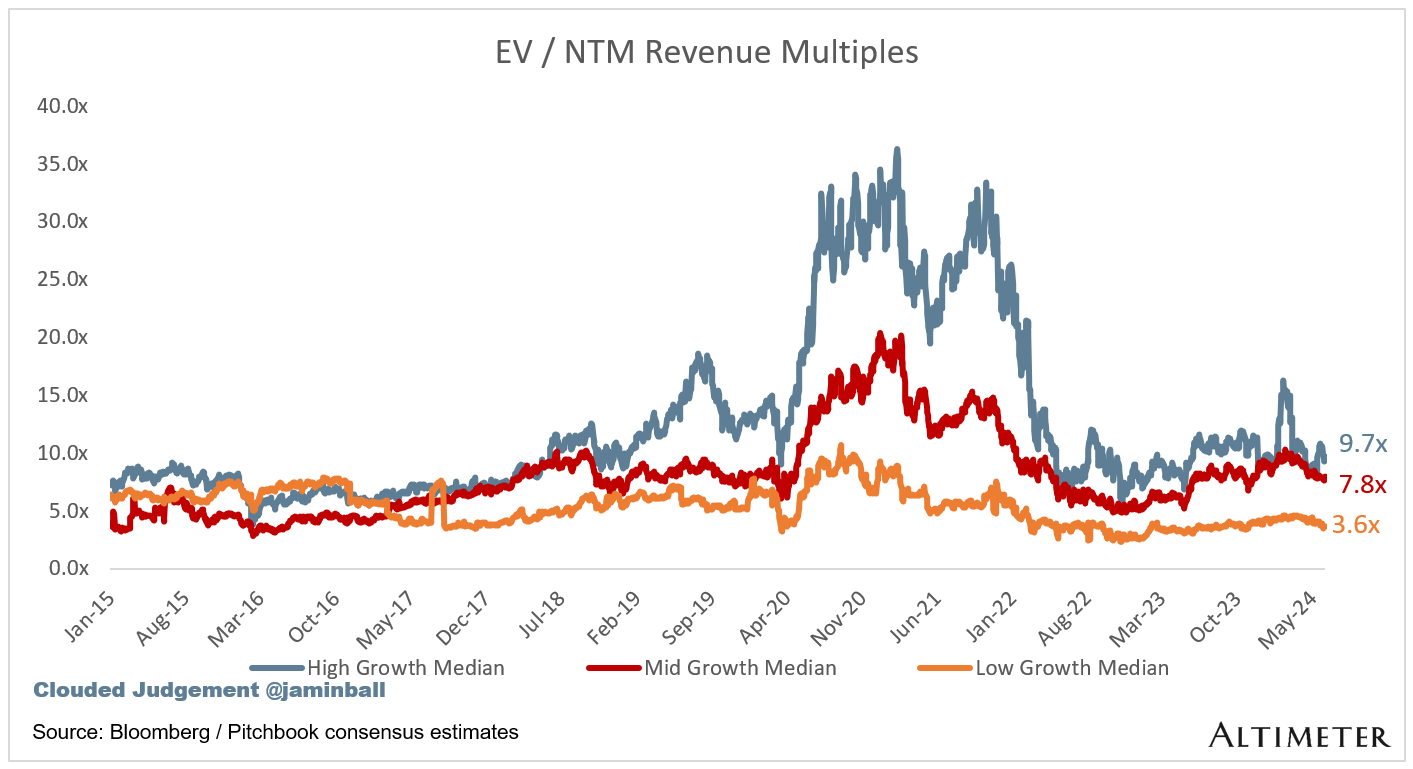


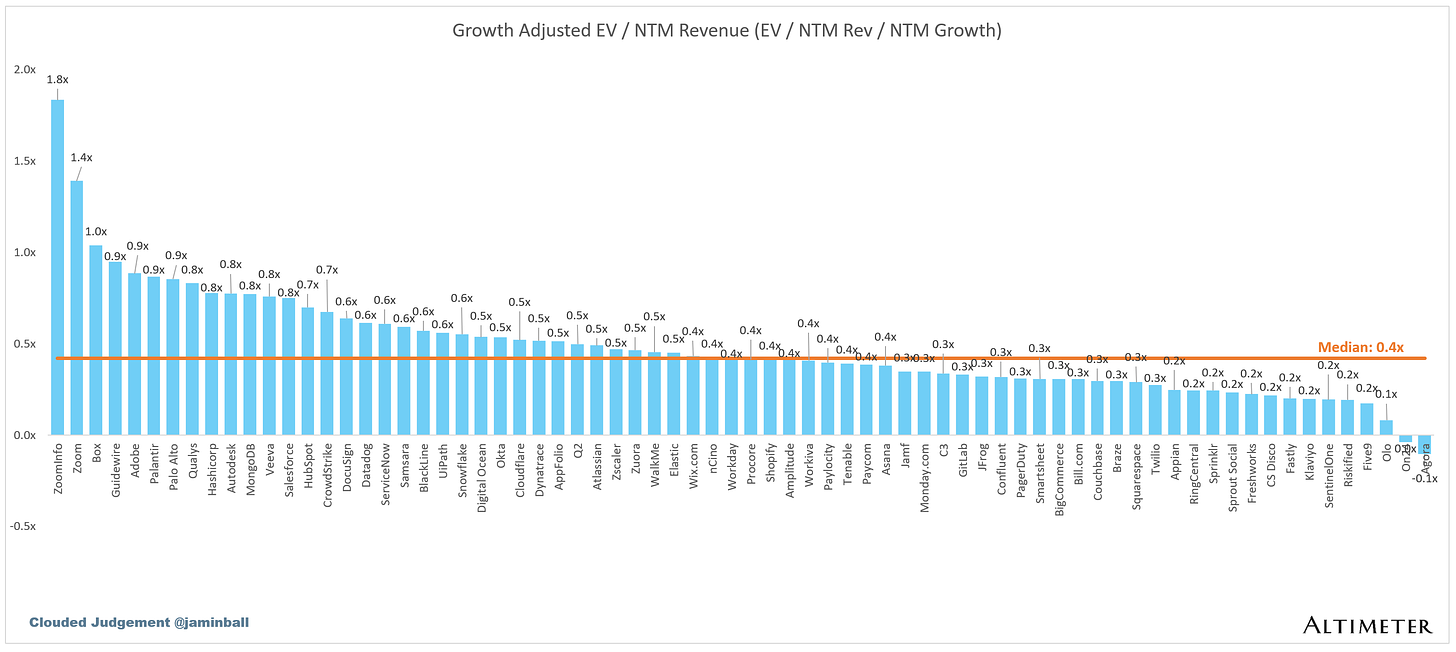
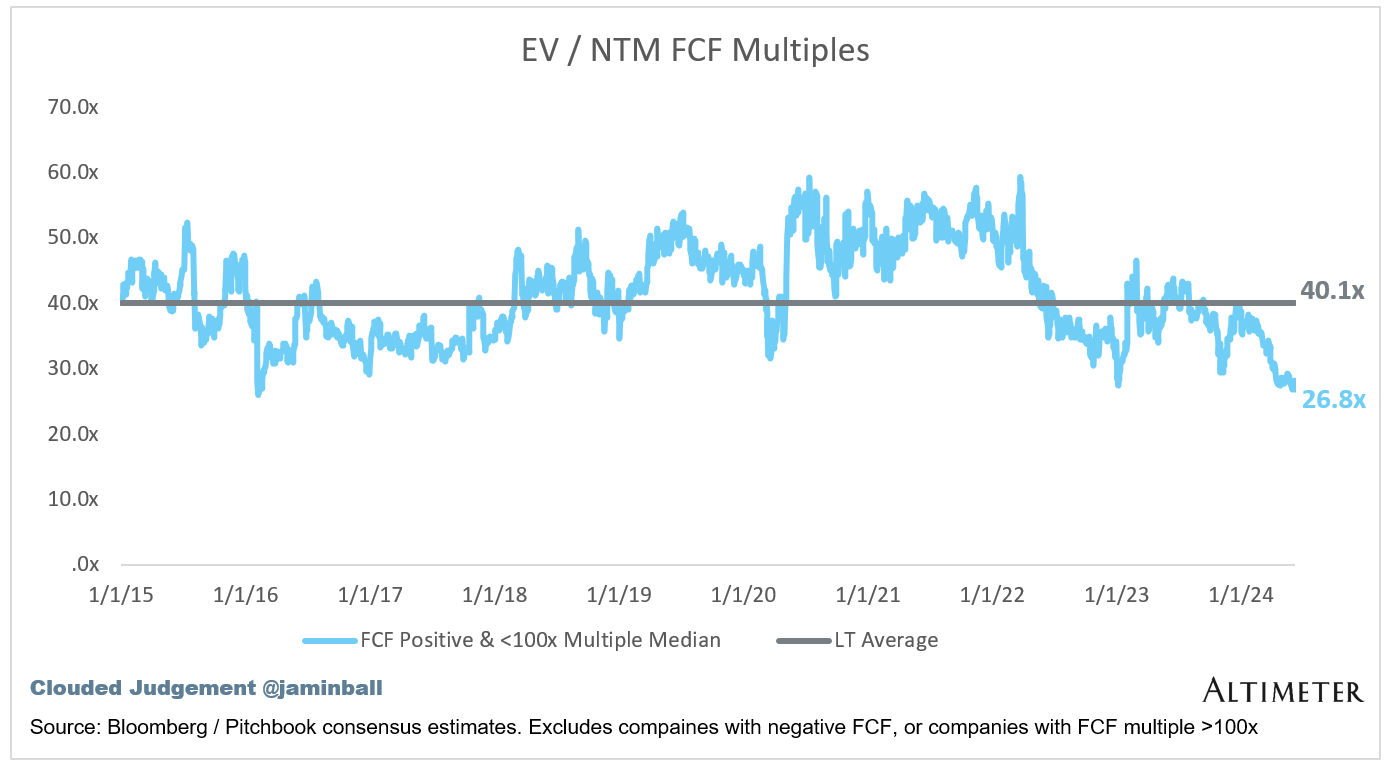
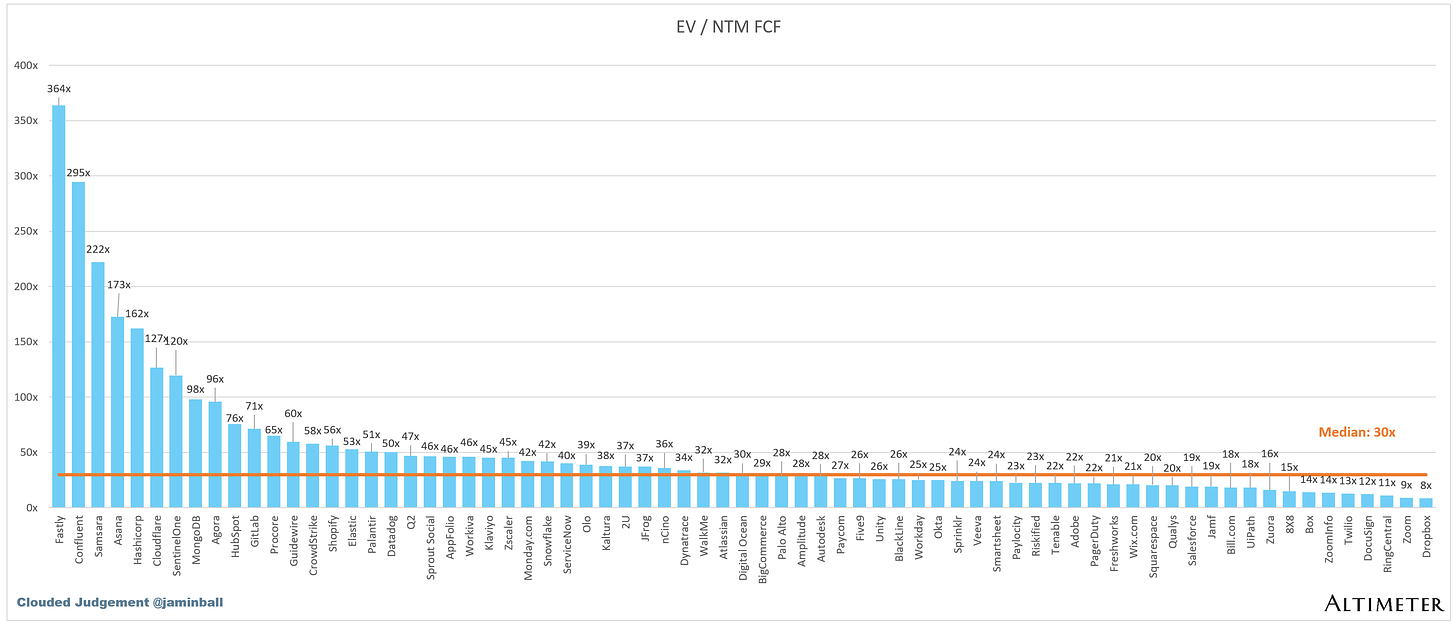
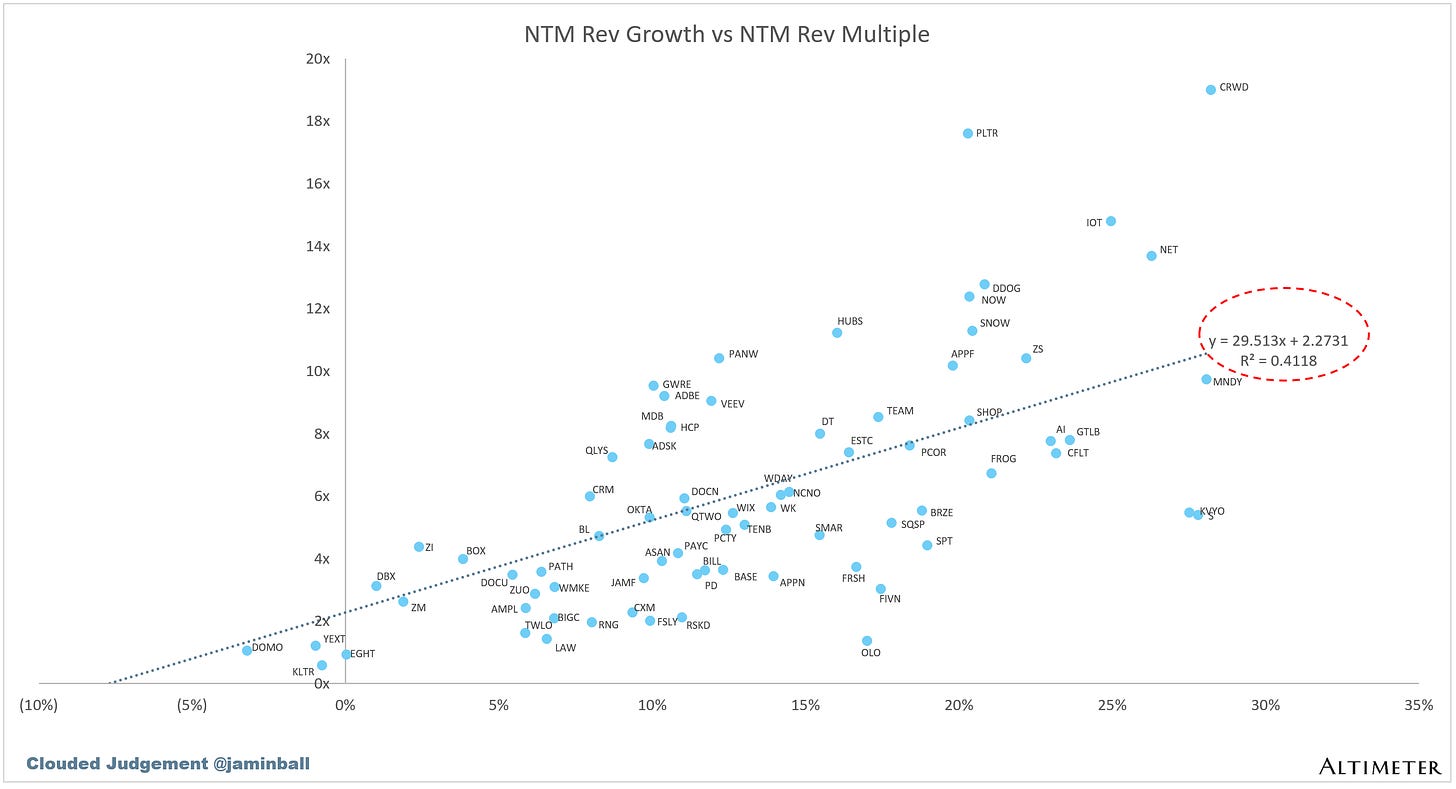
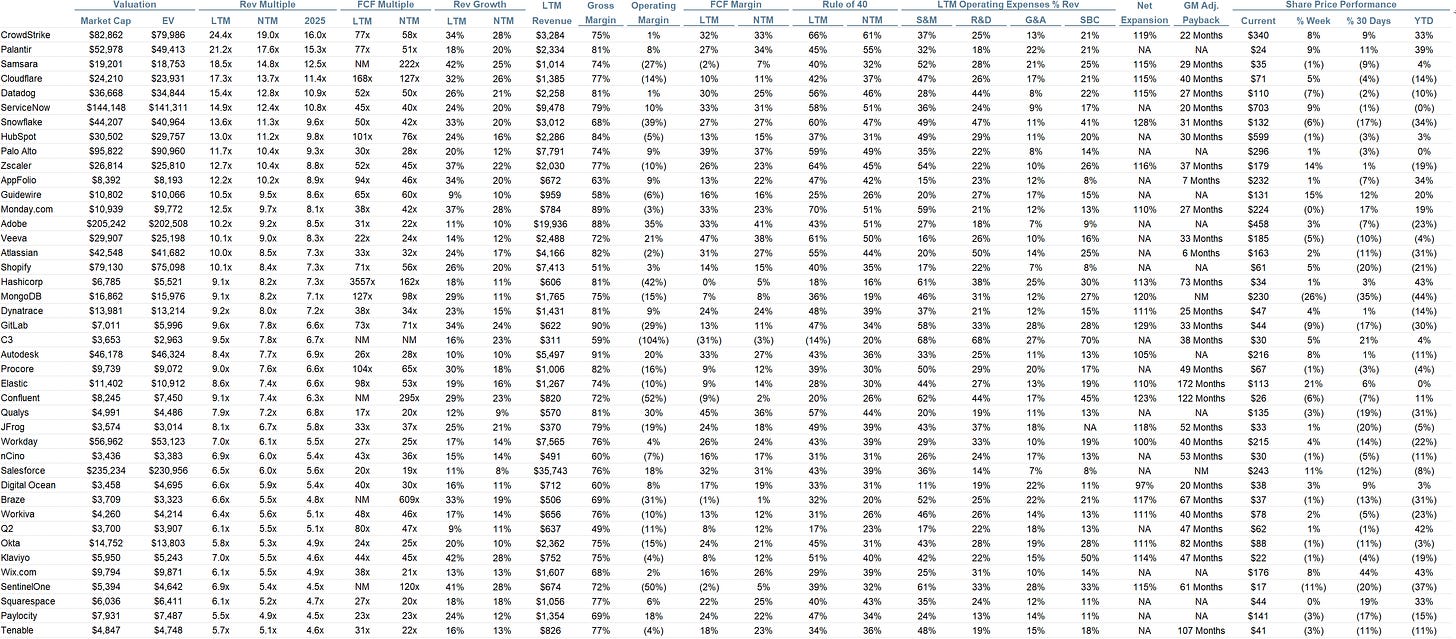
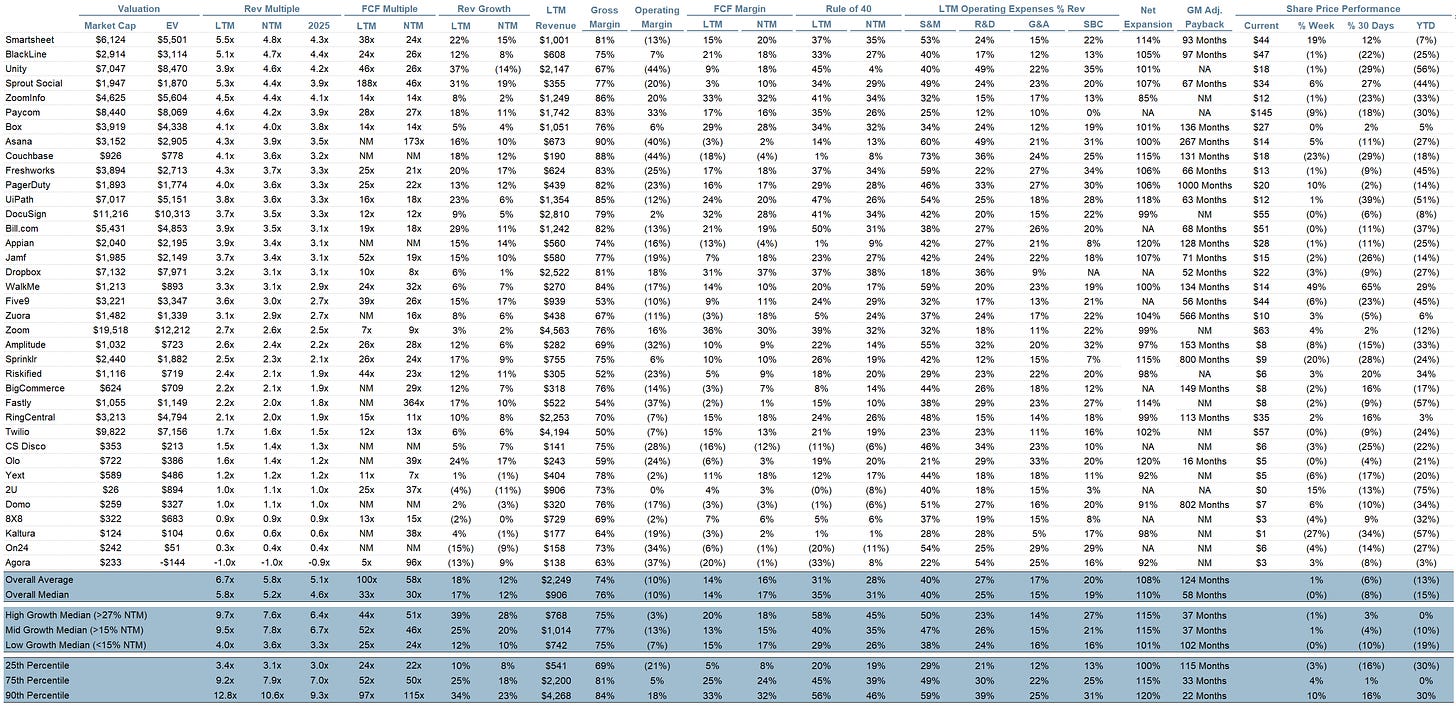
As one who worked in the office of the CIO of a Fortune 10 company for 14 years before I retired...there is a certain way in which IT budgets are managed at large enterprises. It is a bit more complex than just funds being diverted to AI and away from legacy software. There are two more dimensions to the decision 1. Time for both spend and ROI tied to the annual business cycle of the company. 2. Dependence on the legacy software for running the core business.
This year, 2024, AI projects are a mix of trial balloons led by the innovation team and new strategic investments led by the app dev teams. The CFO does not expect much from the former...perhaps accepting of a 90% failure rate. The latter have say two business cycles to prove themselves before being shut down.
Legacy platforms will continue to receive funding if they are core to running the business.
Cheers!
Do you factor in stock based comp when doing rule of 40 or your FCF calculations in order to see how companies really stack up? It would be a great future piece.